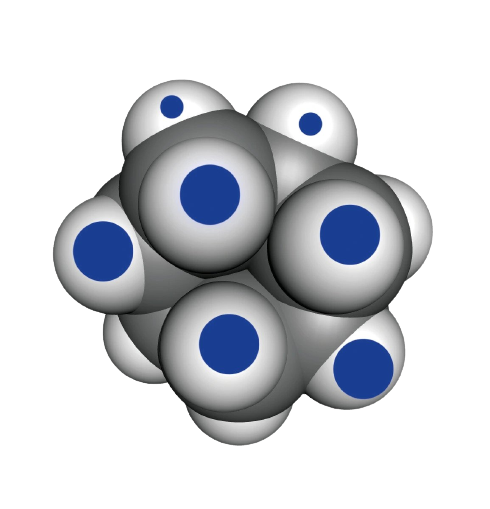EXOLINE® AQUA STOP
Operating mechanism of the Exoline® additive
The micro-grains of the Exoline® additive are extremely small (4 g), and therefore they are able to integrate into the pore system of the cement stone framework, thereby improving the key properties of the pore structure (pore openness, pore size distribution). The free surfaces of solid materials (internal surfaces of pores) hold excess energy, and this surface energy induces the surface adsorption of water vapour molecules on the internal surfaces of pores. With the integration of the Exoline® additive, this surface energy increases, leading to growth in the quantity of microcrystals grows, and consequently they clog the capillaries to make the concrete structure water-tight. When the Exoline® additive is used, even other detrimental materials (carbonates, chlorides, sulfates) are blocked from penetration.

-CEMENT
-CEMENT CRYSTAL
-EXOLINE
The use of the Exoline® additive decreases the size of pore systems. In the course of the hardening of the cement slurry, pore size distribution shifts towards smaller pore systems, and as a result solidity improves, whereas penetrability decreases.
Potentially, Exoline® Aqua Stop formulas can be used efficiently in common situations that are difficult to handle, such as the appearance of mould and efflorescence due to humidity, and can also be successfully applied in cases when the building needs to be watertight in order to achieve some simple and quick solution that stands the test of time. An important aspect is that the use of this product can replace other systems, such as spreadable insulating materials, film sheets, heavy sheets and other technological solutions. These technologies are obsolete, costly and call for the use of significant quantities of auxiliary materials, while their implementation is strongly dependents on the human factor, which increases the risks, costs and time demand of construction.
